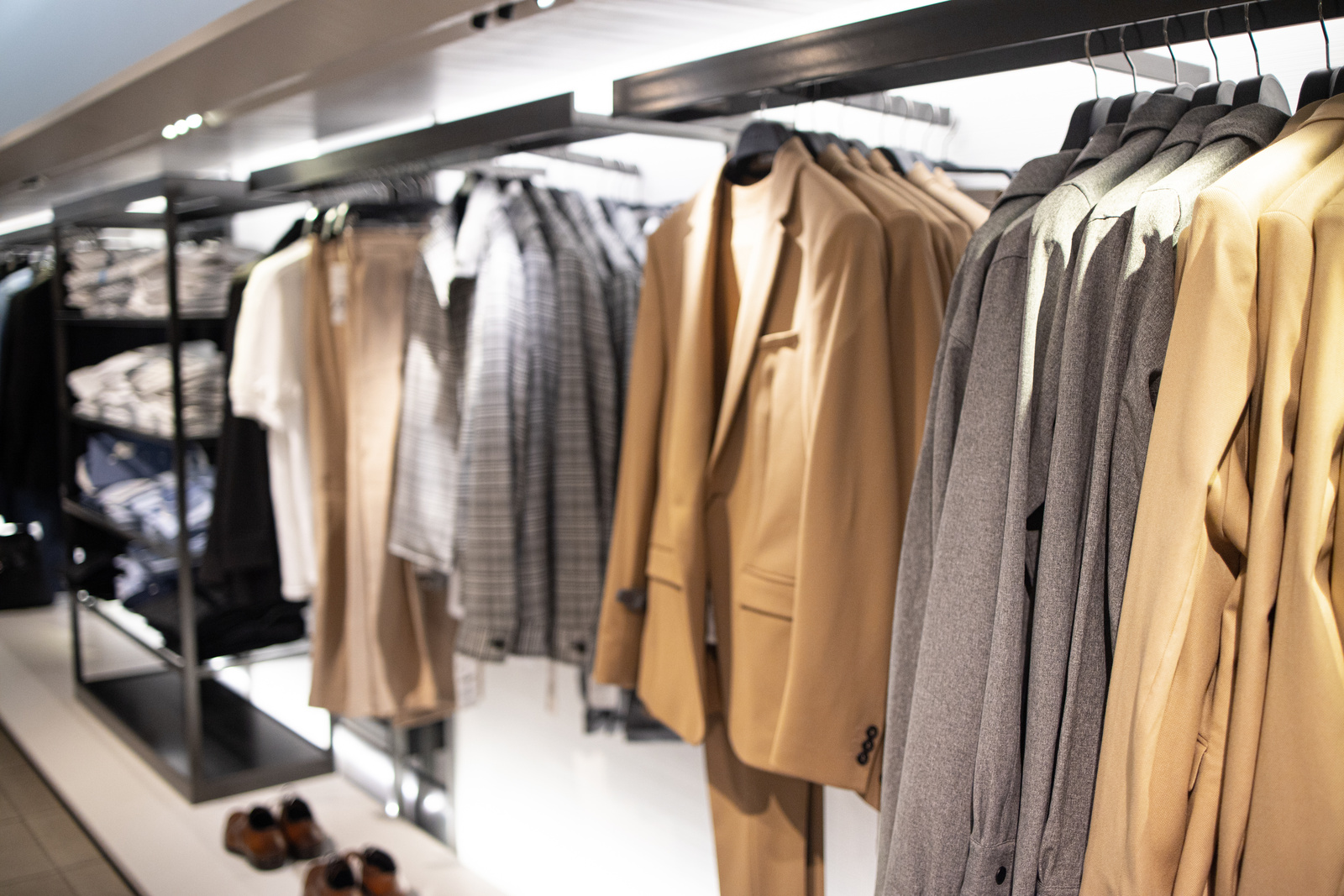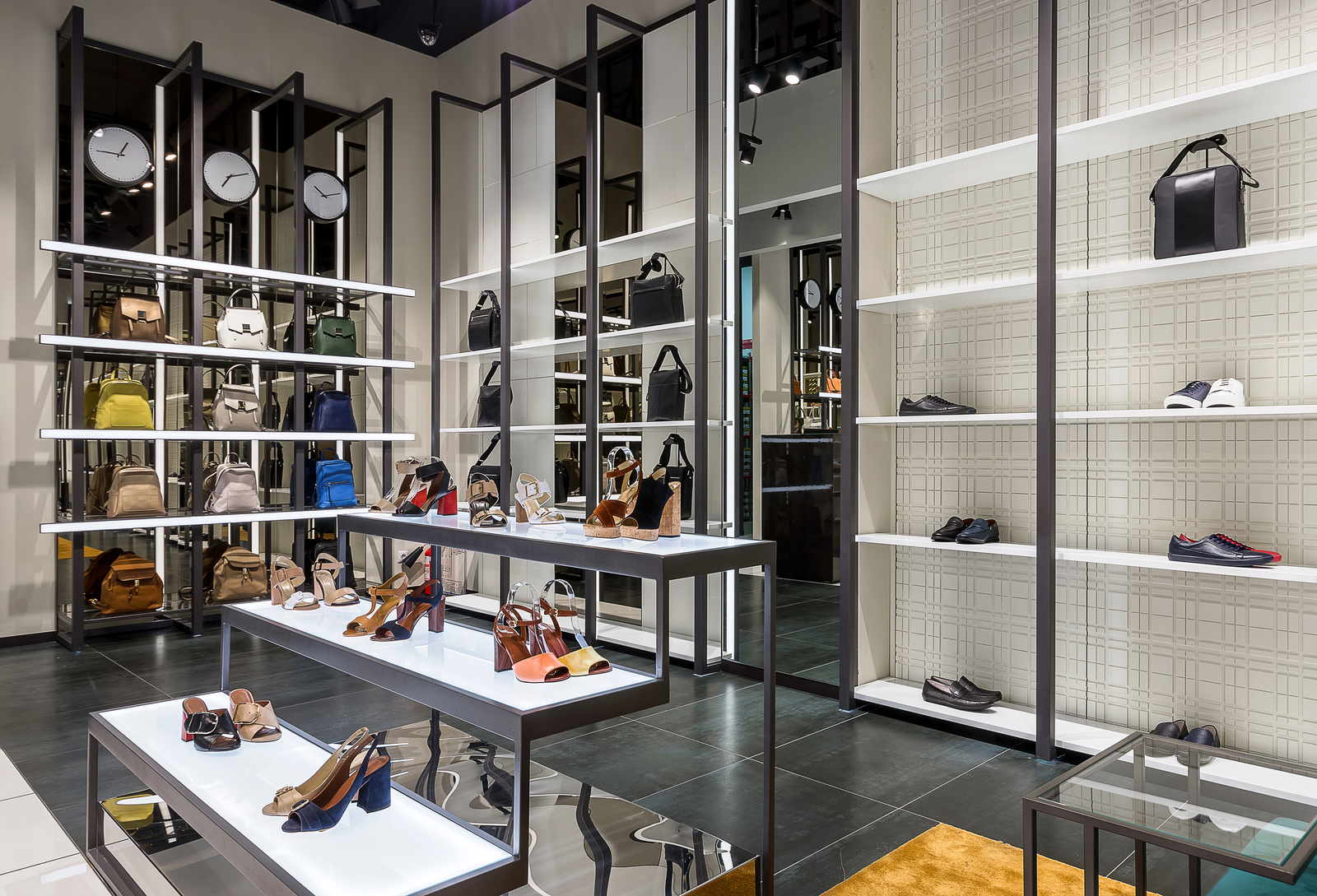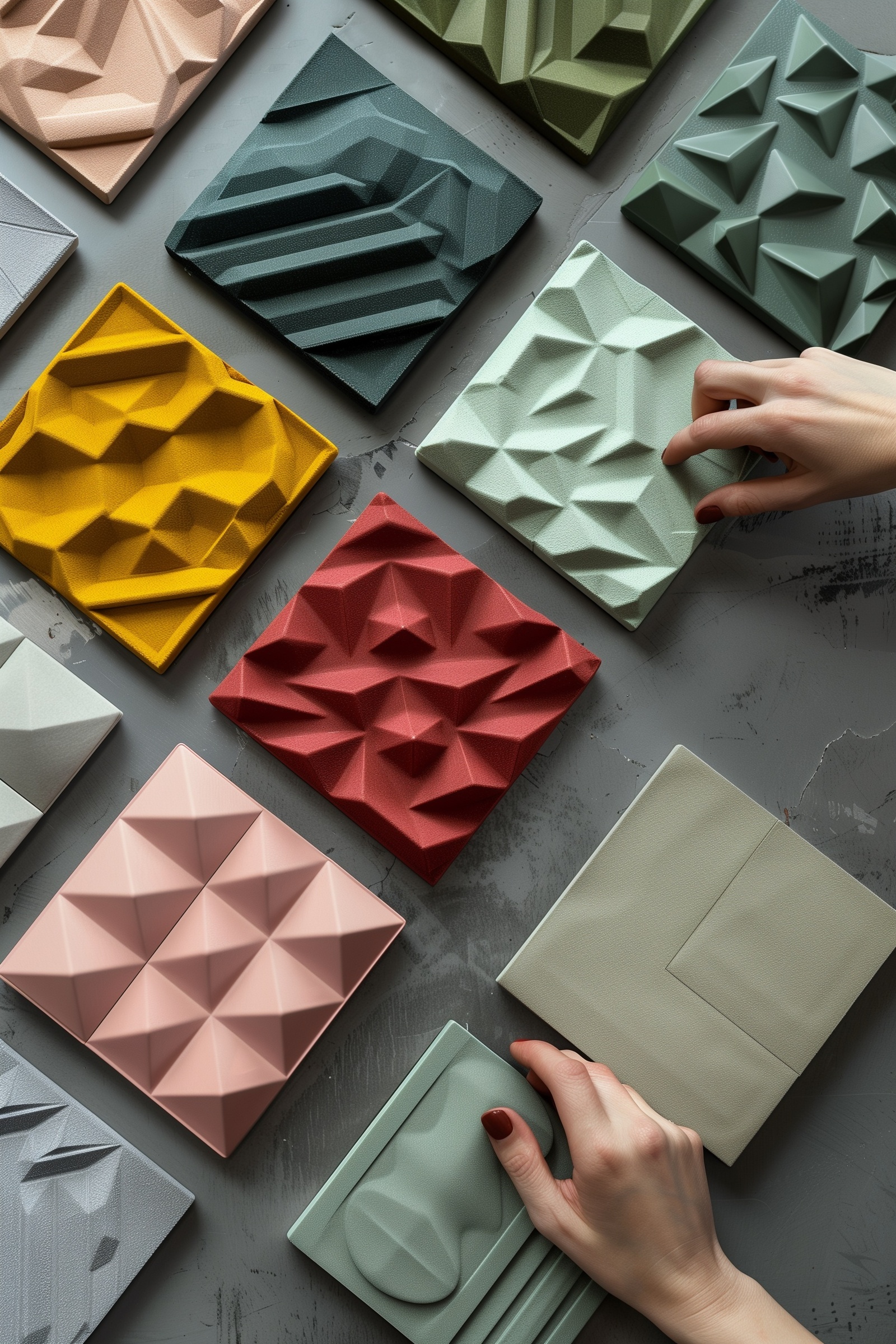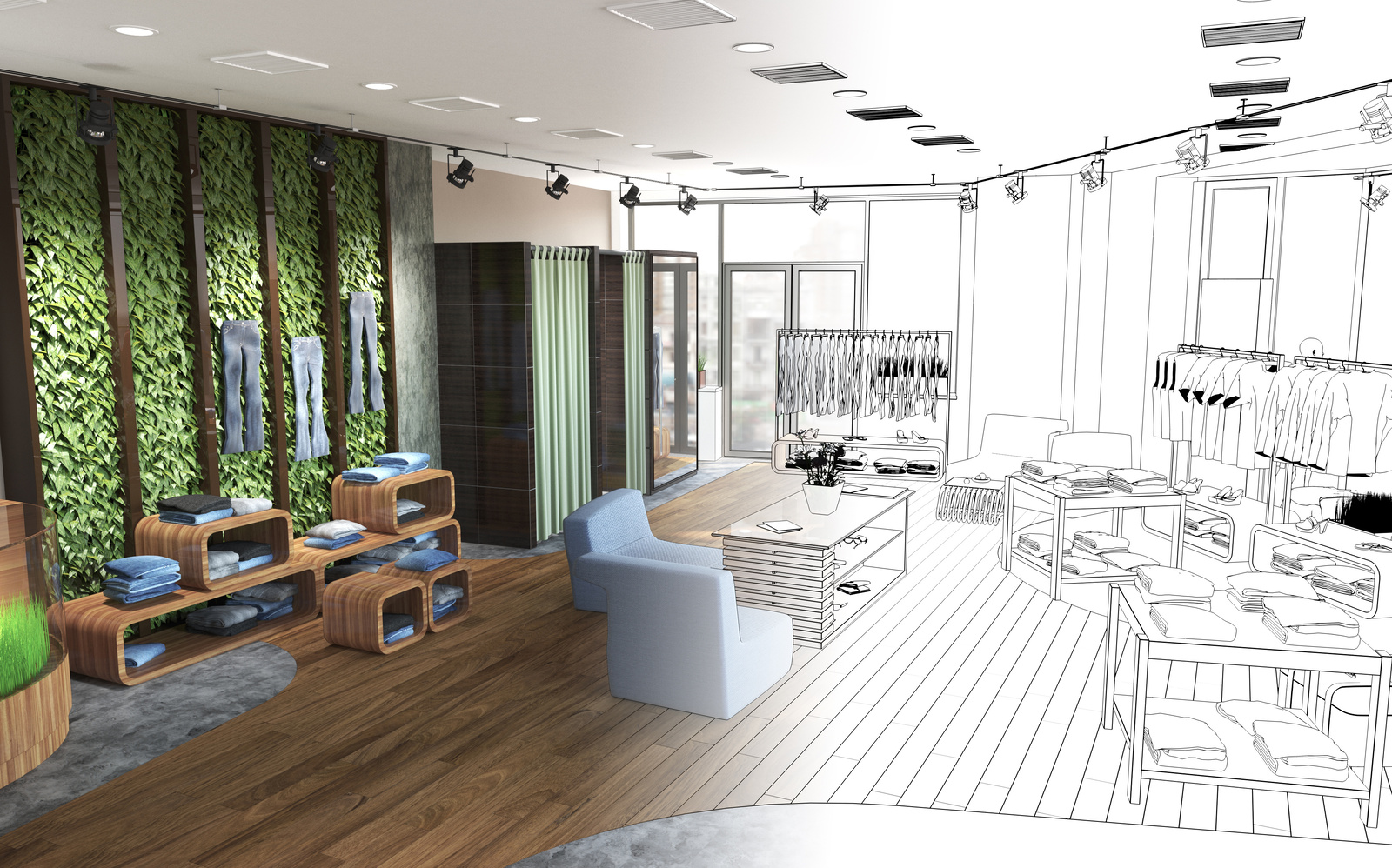
September 17, 2024
Balancing Aesthetics and Functionality in Store Fixtures
Table of Contents
-
Importance of Balancing Aesthetics and Functionality
-
Key Considerations for Designing Store Fixtures
-
Material Selection
-
Versatility and Adaptability
-
Ergonomics and Accessibility
-
-
Design Strategies
-
Unified Design Language
-
Customization and Brand Identity
-
Integration of Technology
-

Importance of Balancing Aesthetics and Functionality
Key Considerations for Designing Store Fixtures
Material Selection
Choose materials that align with brand aesthetics, durability requirements, and sustainability goals. High-quality materials such as wood, metal, glass, and sustainable options like recycled materials contribute to both aesthetic appeal and longevity.
Versatility and Adaptability
Design fixtures that can adapt to changing merchandise assortments and seasonal displays. Modular designs and adjustable shelving systems maximize flexibility while maintaining a cohesive look throughout store updates.
Ergonomics and Accessibility
Consider ergonomic factors such as shelf height, accessibility for different customer demographics, and ease of product retrieval. Ergonomically designed fixtures improve usability and enhance customer interaction with merchandise.

Design Strategies
Unified Design Language
Create a cohesive visual identity by adopting a unified design language across all fixtures. Consistent colors, textures, and finishes reinforce brand aesthetics and contribute to a cohesive store environment.
Customization and Brand Identity
Customize fixtures to reflect brand identity and unique selling propositions. Incorporate branding elements, such as logos or color schemes, into fixture designs to reinforce brand recognition and create a memorable shopping experience.
Integration of Technology
Incorporate technology seamlessly into fixtures to enhance functionality and customer engagement. Integrated digital displays, interactive features, or smart shelving systems can provide product information, promotions, or personalized recommendations.


